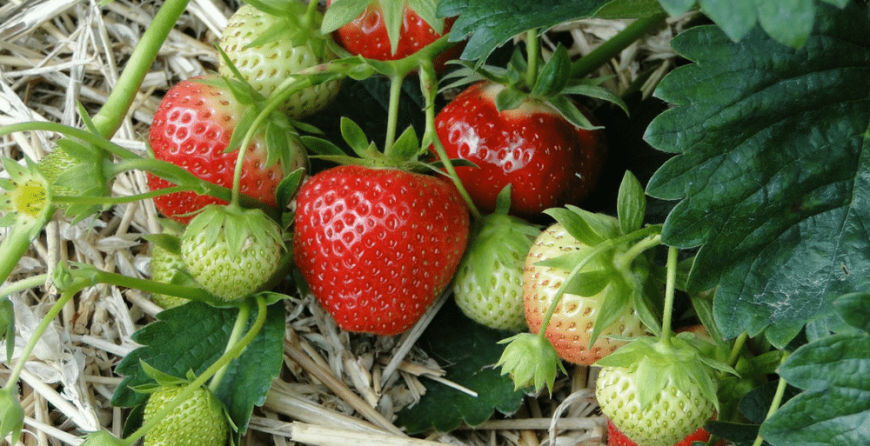 During ancient times, gardening was not practiced to enhance visual appeal or increase a property’s value as is the norm today. People never thought of beautiful or well-scented flowers to plant. Instead, they opted for edible plants. It made more sense to plant something that you can eat as opposed to something that you look at to feel happy or relaxed. Our ancestors understood the importance and benefits of fresh fruits and vegetables from one’s garden.
During ancient times, gardening was not practiced to enhance visual appeal or increase a property’s value as is the norm today. People never thought of beautiful or well-scented flowers to plant. Instead, they opted for edible plants. It made more sense to plant something that you can eat as opposed to something that you look at to feel happy or relaxed. Our ancestors understood the importance and benefits of fresh fruits and vegetables from one’s garden.
However, urbanization is to blame for the change in gardening preferences. People are made to believe that urban homes should be full of decorative flowers in the front yard, and the garden should be hidden in the backyard because it is not attractive or welcoming. But, if well planned, edible fruits can form a beautiful front yard landscape that not only emits wonderful scents but also stands out among your neighbors.
3 essential things to consider when landscaping with edibles
Location: in this case, is the position where you plant the edible fruit trees. Fruit trees must be planted in an area that receives 6-8 hours sunlight daily. However, different plants require different conditions to grow. Some must be planted in an area where there is the adequate shade to thrive.
Space: the edible plants you choose to add to your landscape should be determined by the space you have. Planting a very big fruit tree in a small area makes the area look unkempt, yet you want to achieve the visual appeal offered by regular front yard landscaping designs and an organic front yard fruit garden concurrently. However, some trees can be shaped to fit in small spaces like along your fence. Such trees include; figs, pears, and apples.
Toxic plants: organic gardening is all about eliminating toxins whether organic or natural where possible. So, it is important to note that some plants can be toxic if consumed. Similarly, some parts of edible fruit plants like potatoes and tomatoes are also toxic. As such, you need to be careful when growing such plants in your front yard where your kids and pets spend time playing.
How to plan your edible landscape
Anchor the design
Every landscape whether ornamental or edible must have anchor plants. Apples, persimmon, olive, cherry, pear and citrus among others are great anchor plants. If you are designing an ornamental edible landscape; maples, redbud, dogwood and crepe myrtles form great ornamental anchor plants.
Edible plants for mid-level
Mid-level plants are bigger than ground covers and smaller than anchor plants; they grow to medium level. Good mid-level plants include; blueberries, goji berries, roses, and currants among others. If you have enough space, go for kiwi, hops, grapes, cane berries and melons. Mid-level herbs include; sage, rosemary, borage, and comfrey. However, be sure to apply organic gardening basics because some herbs thrive organically in cold zones only.
Ground covers and low growing plants
Ground covers like alpine strawberries are ideal for covering empty ground spaces. Some types of rosemary and creeping thyme are also great ground covers. Rosemary can hang on raised beds and rock walls.
Conclusion
If you are into organic gardening, do not limit your growing area to your backyard. Utilize your front yard by incorporating edible plants into your ornamental landscape. They add edible beauty!


